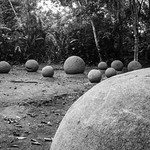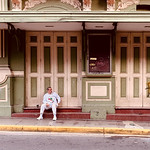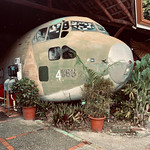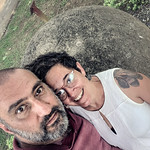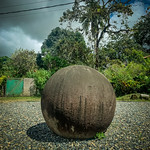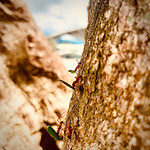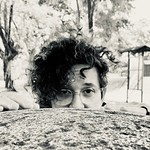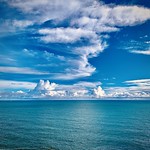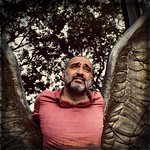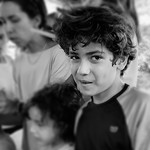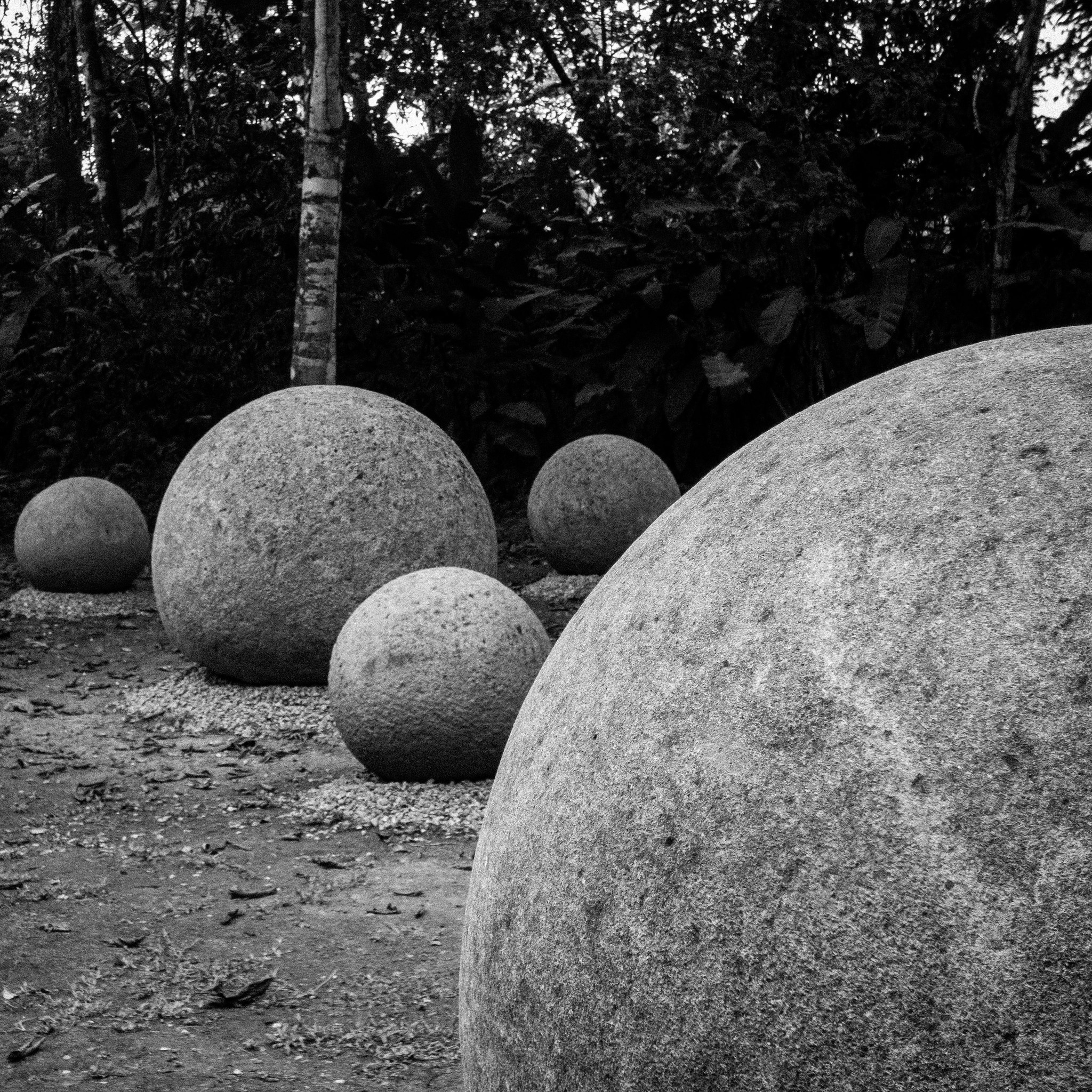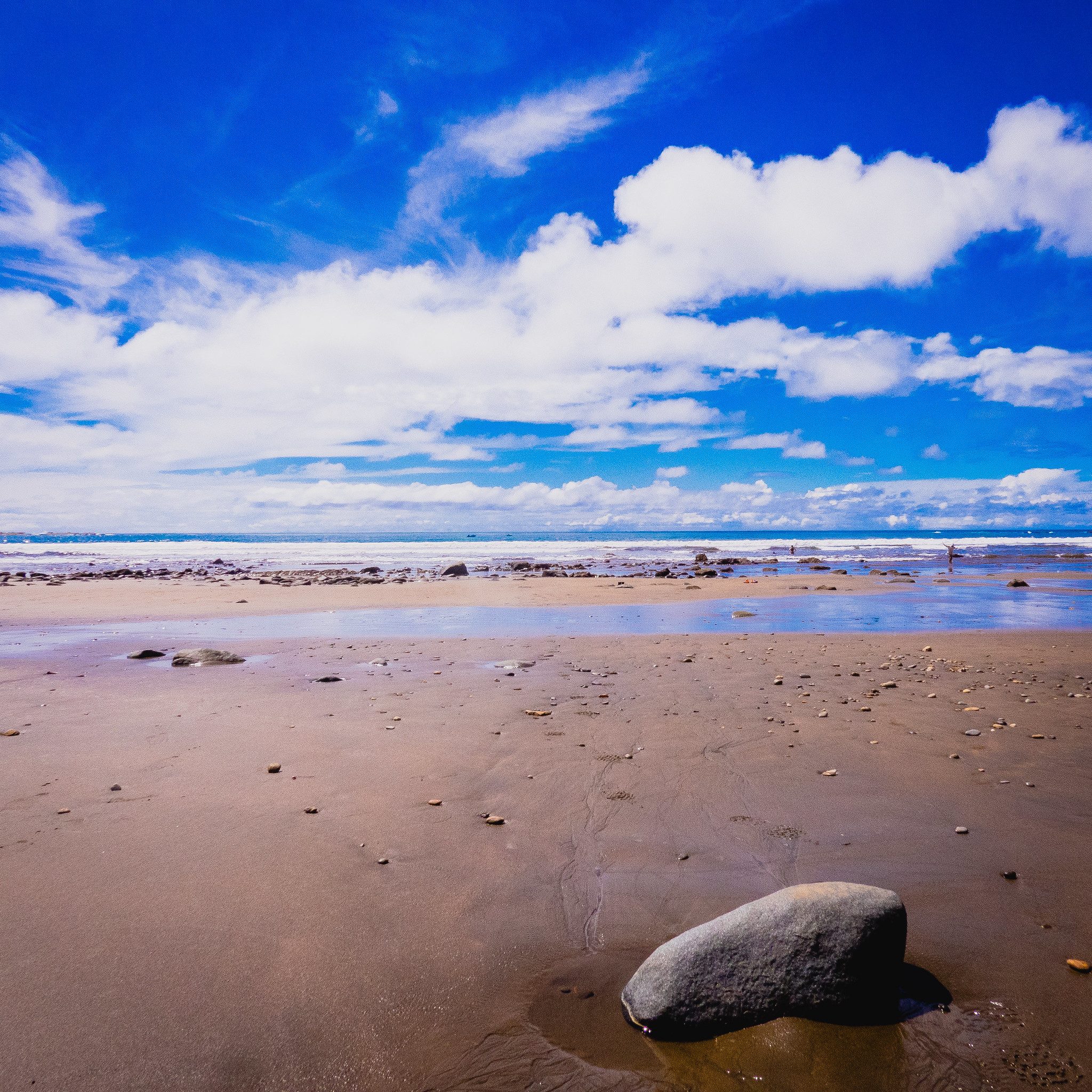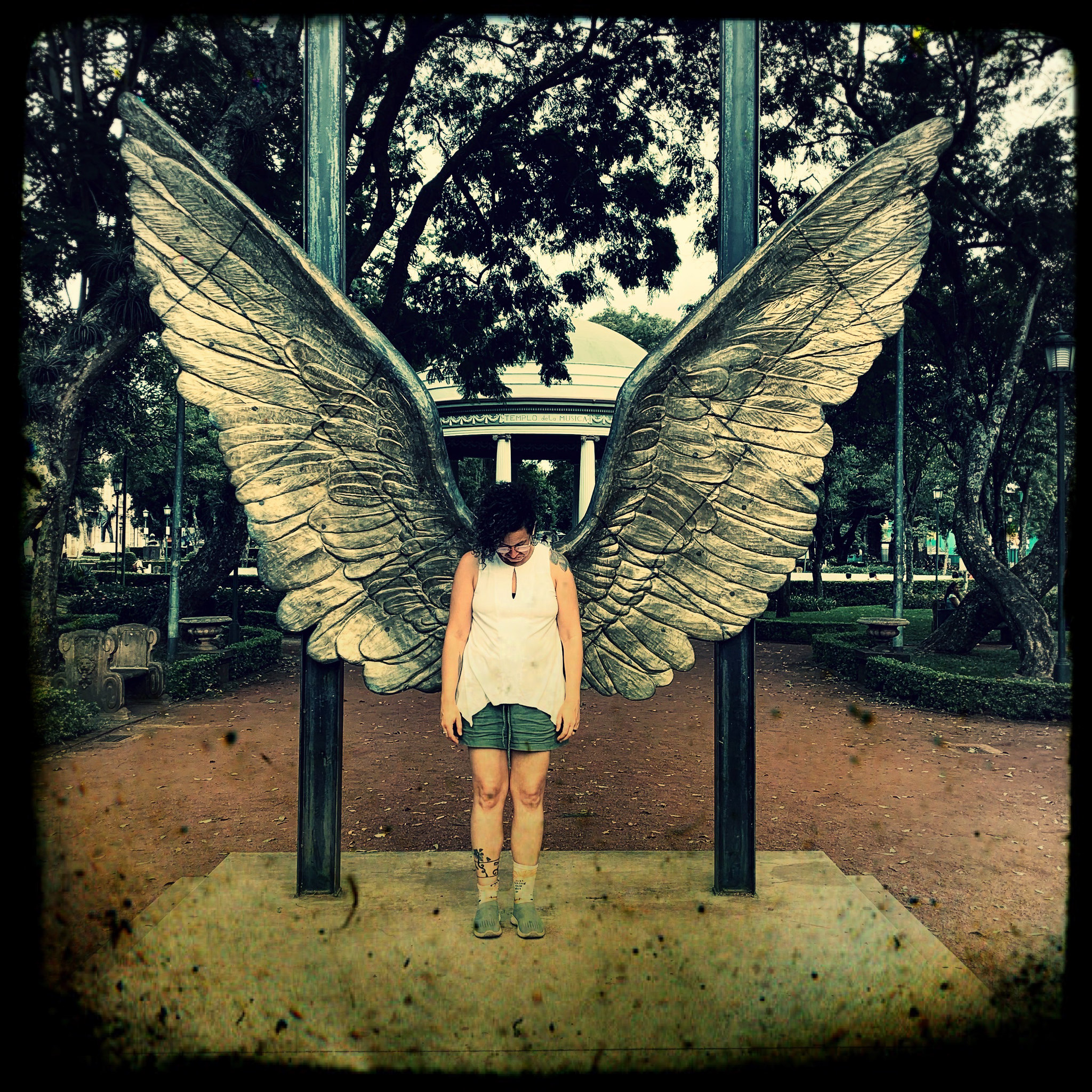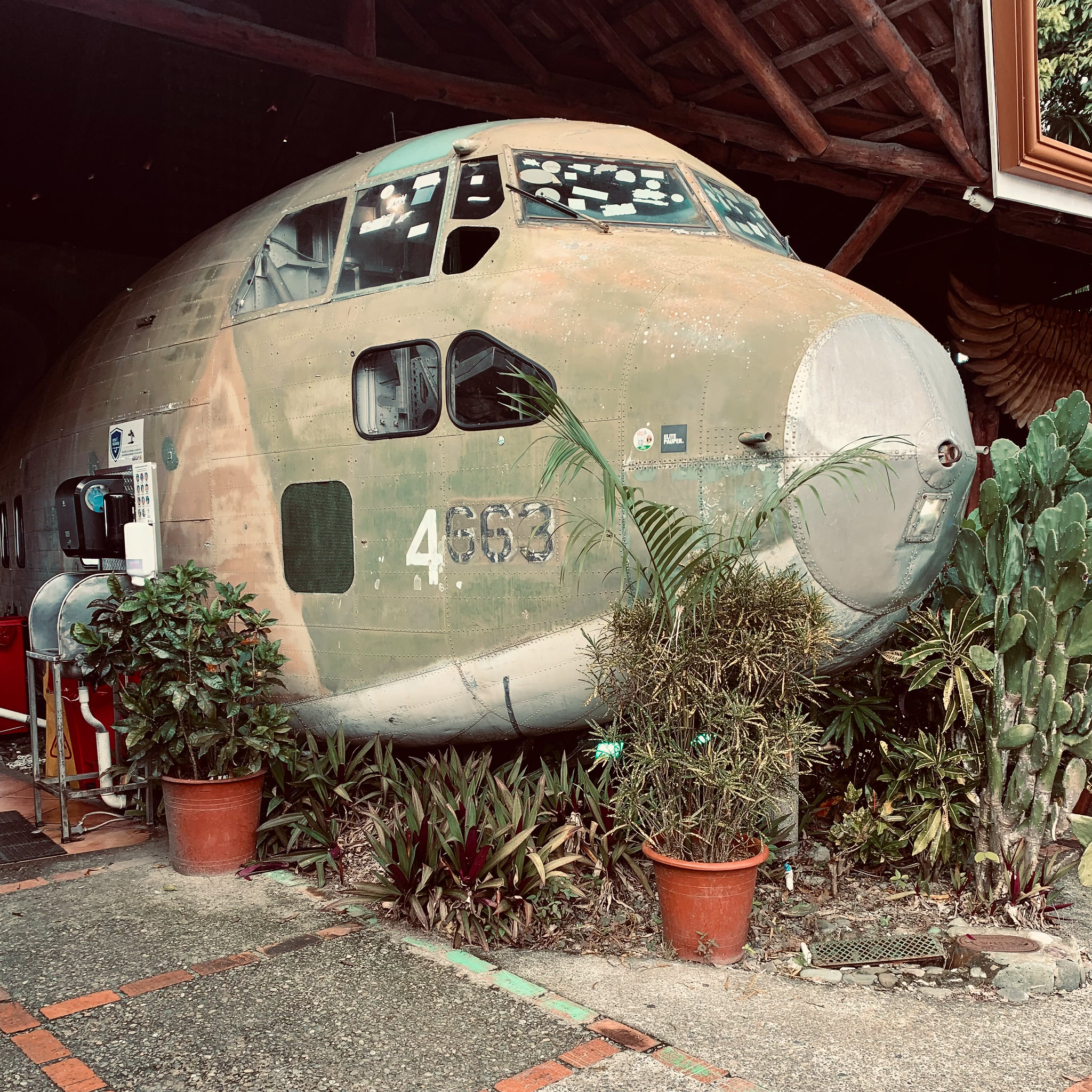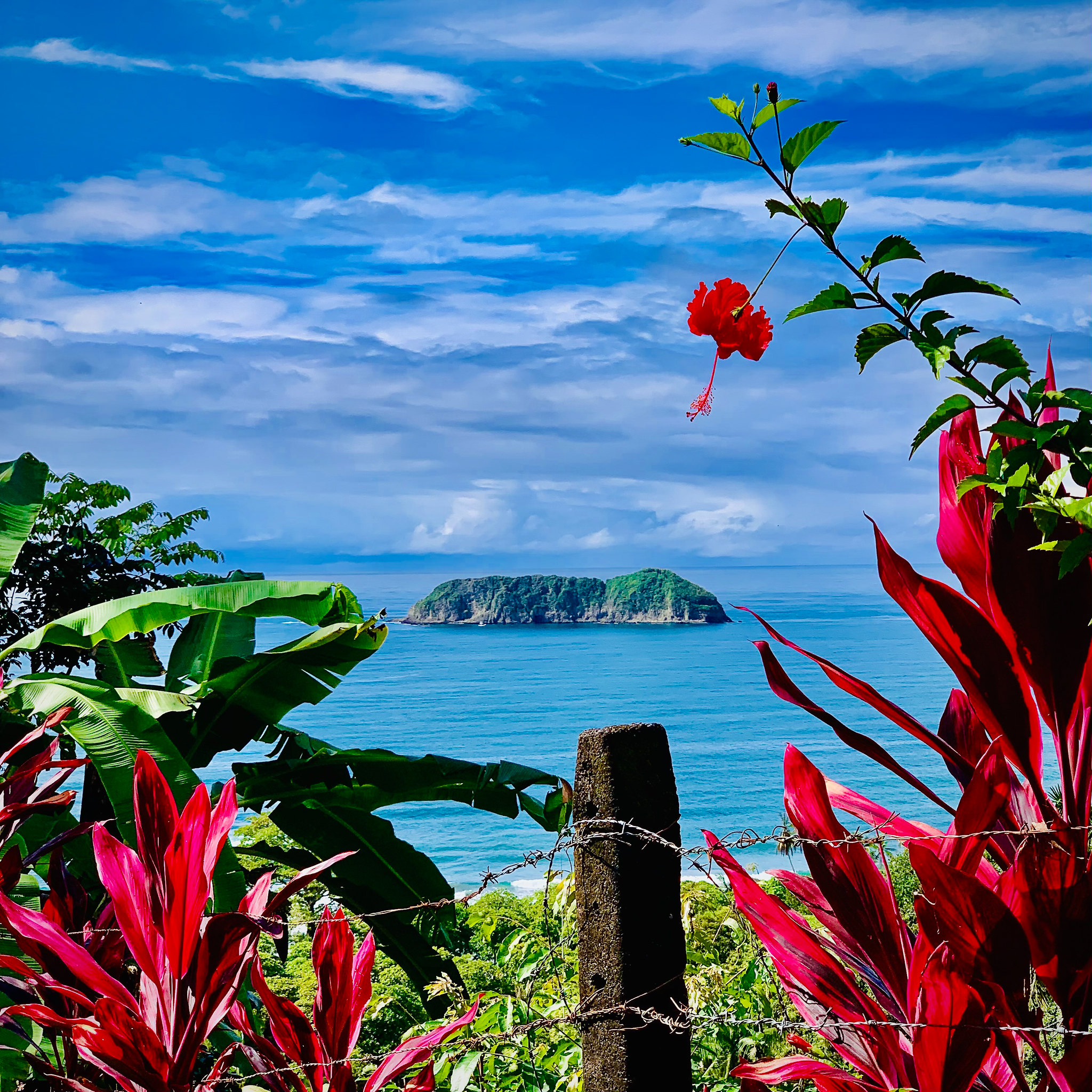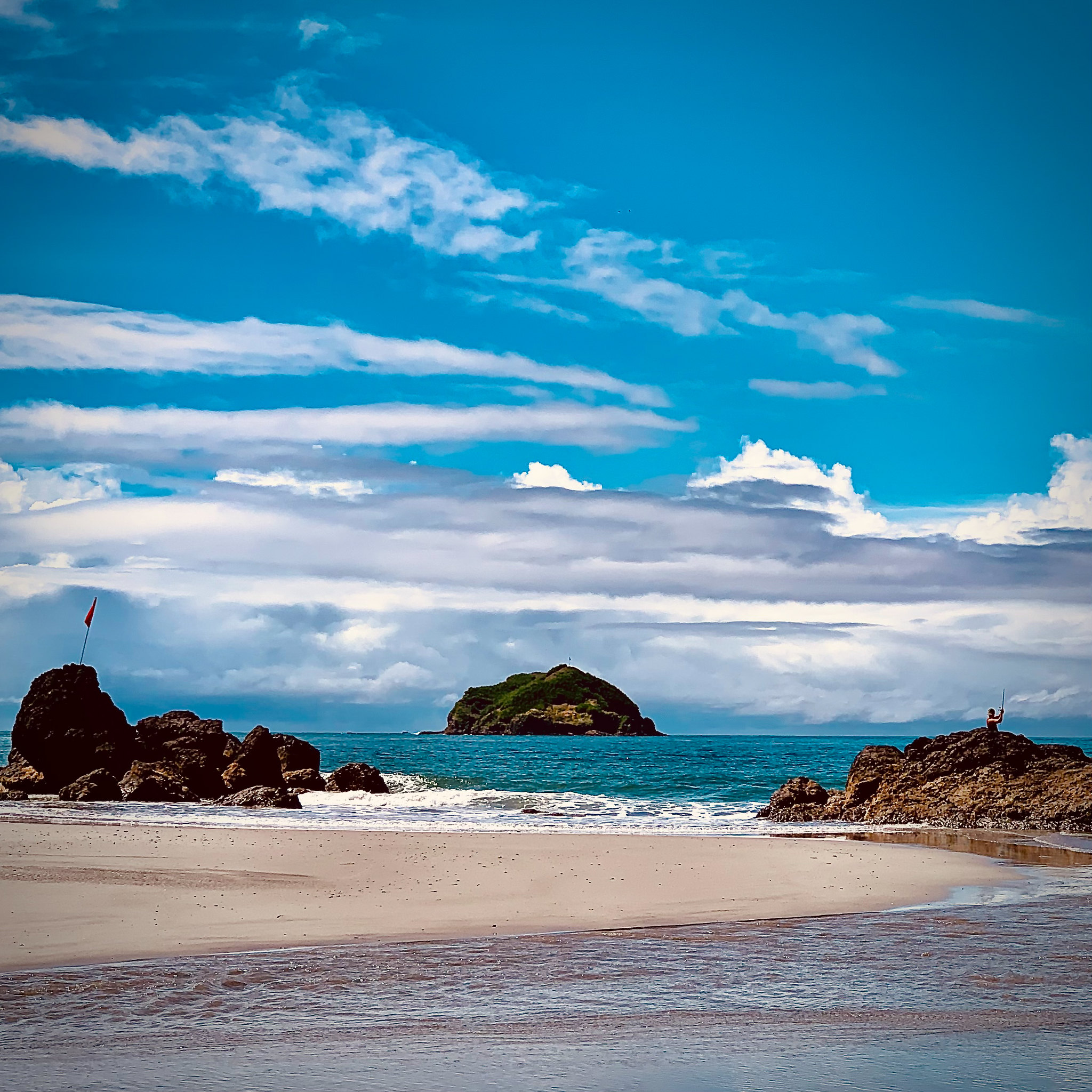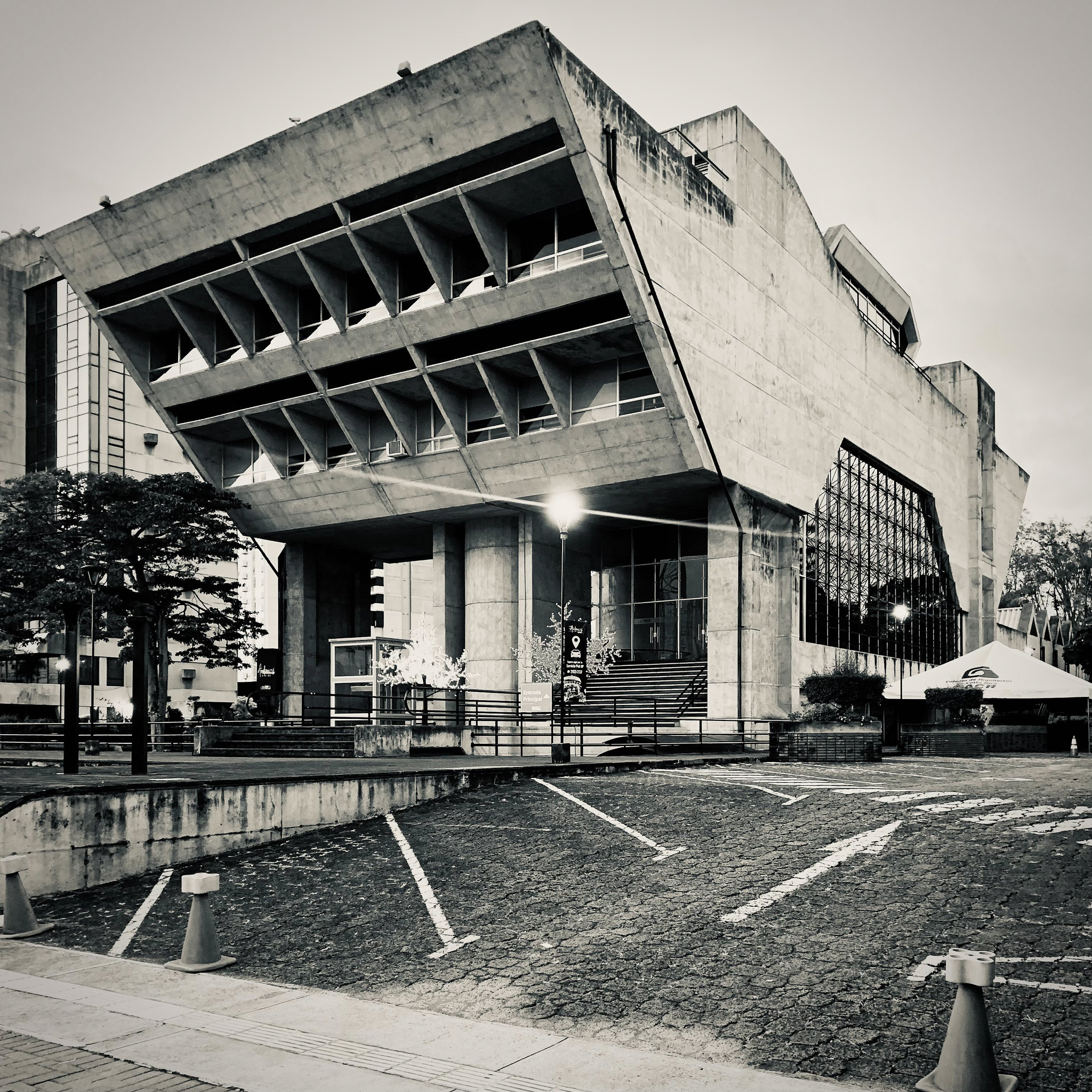On the trail of the Iran-Contras
Costa Rica is one of the original banana republics, together with Honduras and Guatemala. Virtually fiefdoms of the United Fruit Company (UFC), later rebranded to Chiquita, perhaps in part to more easily wash away the bad taste their neocolonialist practices had left behind, these countries were ruled like large scale corporate towns, where the Jeff Bezosses of their day controlled part and parcel of the lives of those in their… ‘care’.
Funnily enough, the UFC had started with the building and operation of a train line from Costa Rica’s capital, San José, to Limón, on the Costa Rican Caribbean coast. Proving not very successful, but, receiving lots of land as a gift for successfully restructuring the company’s, and the country’s, debt, the company’s director used this land to grow bananas for his workers, which turned out to be a much bigger, and much more reliable, commercial enterprise, as well as source of profits.
So, by 1930, the UFC had become the largest employer in Central America.
In Guatemala, the United fruit company was the largest single landowner, and by 1952, the Guatemalan government started expropriating unused land from the UFC to hand it over to landless peasants.
The company retaliated by lobbying the US government to intervene, painting the democratically elected Guatemalan government as communist.
By now a familiar kind of story, in 1954, the CIA deposed the Guatemalan government and installed a pro-business military dictatorship.
The UFC is the only company known to have a CIA cryptonym, a code word typically used to describe high profile politicians under CIA protection. ‘Renegade’ and ‘Renaissance’ for the Obamas, for example.
That said, the cryptonym was UNIFRUIT, which is really just a shortened version of the name of the company.
Reportedly, the UFC also was working with Batista supporters to overthrow Fidel Castro, who had expropriated some of their farms, too, but had warned that ‘Cuba is no Guatemala’, before the failed Bay of Pigs invasion in 1961.
But, the UFC’s influence in Central American affairs didn’t stop there. The ‘Banana Massacre’, on the Colombian Caribbean coast, ended in the deaths of perhaps 1000s of workers, and, according to some, set the stage for ‘La Violencia’, the ten year Colombian civil war.
Even as late as 2007, UFC’s successor Chiquita pleaded guilty in a United States Federal court to aiding and abetting a Colombian terrorist organization.
Can’t learn an old dog new tricks, or so it seems.
Spheres
Back in Costa Rica, one of my earliest prehistoric fascinations was with the large stone balls (really) of Costa Rica, the Diquís Spheres.
Back in 1971, Erich von Däniken popularized these, and other spheres from elsewhere around the world, as proof that the gods truly were cosmonauts. Sadly, much of von Däniken’s work has been discredited, though it’s impossible to also prove a negative, but, back then, there was the wonderfully juicy potential of the spheres’ mysterious, proto-civilization’s provenance being true.
Not so. It’s now quite well established that the spheres, fascinating, and still quite a bit mysterious, were made at the hands of the people of the Diquis culture, a pre-Colombian civilization that was wiped off the map with the arrival of the Spanish, another kind of UFC, if you will.
Still, amazingly, there is almost nothing known about why the spheres were created, nor how. Though technically it’s not overly complex to polish pieces of rock, even some 2000 years ago, it’s still incredible to see the near-perfect roundness of the spheres.
In some fairness to von Däniken, it was less than a decade before he published his book, that really only the first, limited, scientific research had come out, on the stones. The slow nascent globalization that had started after the Second World War created a realization of apparent disjoint observations on a global scale having some hidden connection.
And, we are now much clearer on that not all was conjecture, hyperbole, or fake. Just one example being Thor Heyerdahl’s journeys across the oceans as suggestive proof of prehistoric cross-oceanic contact between Asia and the Americas.
In Costa Rica, the stone spheres are regarded as a national symbol and part of the cultural ethos of Costa Rica. It’s good to be all-round, I guess.
One activity to keep you busy while on the road in Costa Rica, is to be on the lookout for stray balls.
There are some 350 identified historical stone spheres throughout the country, and legislation states that, if you are in possession of a stone ball, you do not have to hand it over to the state, but you do have to make it publicly accessible.
At the same time, this is not completely true, perhaps in a similar way as to how Uber is technically illegal, in Costa Rica, but also widely available; one of the locations that are part of the World Heritage Site representing the stone spheres, and the one which contains the largest stone sphere discovered, around 2.6m in diameter, though I’ve also seen a mentioning of 2.9 meters, is on a farm that’s off-limits to visitors.
A Contra legacy
Before visiting the balls, we headed to Manuel Antonio, a popular national park with sloths, capybaras and pretty beaches.
We missed the sloths, but did find a restaurant who’s central feature is an airplane which, according to the restaurant owners, was used to smuggle weapons into the Nicaraguan jungle as part of the Iran-Contra affair.
How the plane ended up within a restaurant on the Costa Rican coast is a bit of a mystery, as it was shot down some 35 miles within Nicaraguan territory.
The crash’s only survivor, Eugene Hasenfus, was captured, confessed, and started the ball rolling on the Iran-Contra affair. Sentenced to 30 years, he almost immediately received clemency and was shipped back to the US where, oddly, in the 2000s, he was repeatedly arrested for indecent exposure and, for this, even locked up.
This article states that the plane that ended up in the restaurant is actually not the one that was shot down, but one of the other planes used in the operation, which had been idling its time away at San José’s international airport. A much more plausible tale, even if shipping it from the country’s main airport to the restaurant in Manuel Antonio is still no mean feat.
Interestingly, Costa Rica, as has Panama, abolished the military in the late 1940s, after emerging from a civil war. Now, the most populous country without a standing army, at least one advantage has been that the US can not massage the country’s military to foment a coup against any left-leaning government.
And, indeed, Costa Rica has been pretty stable over the last 60 years, taking pride in its long democratic history. They remember the time in which the UFC lorded it over the country, by publicly referring to it as ‘the banana period’.
